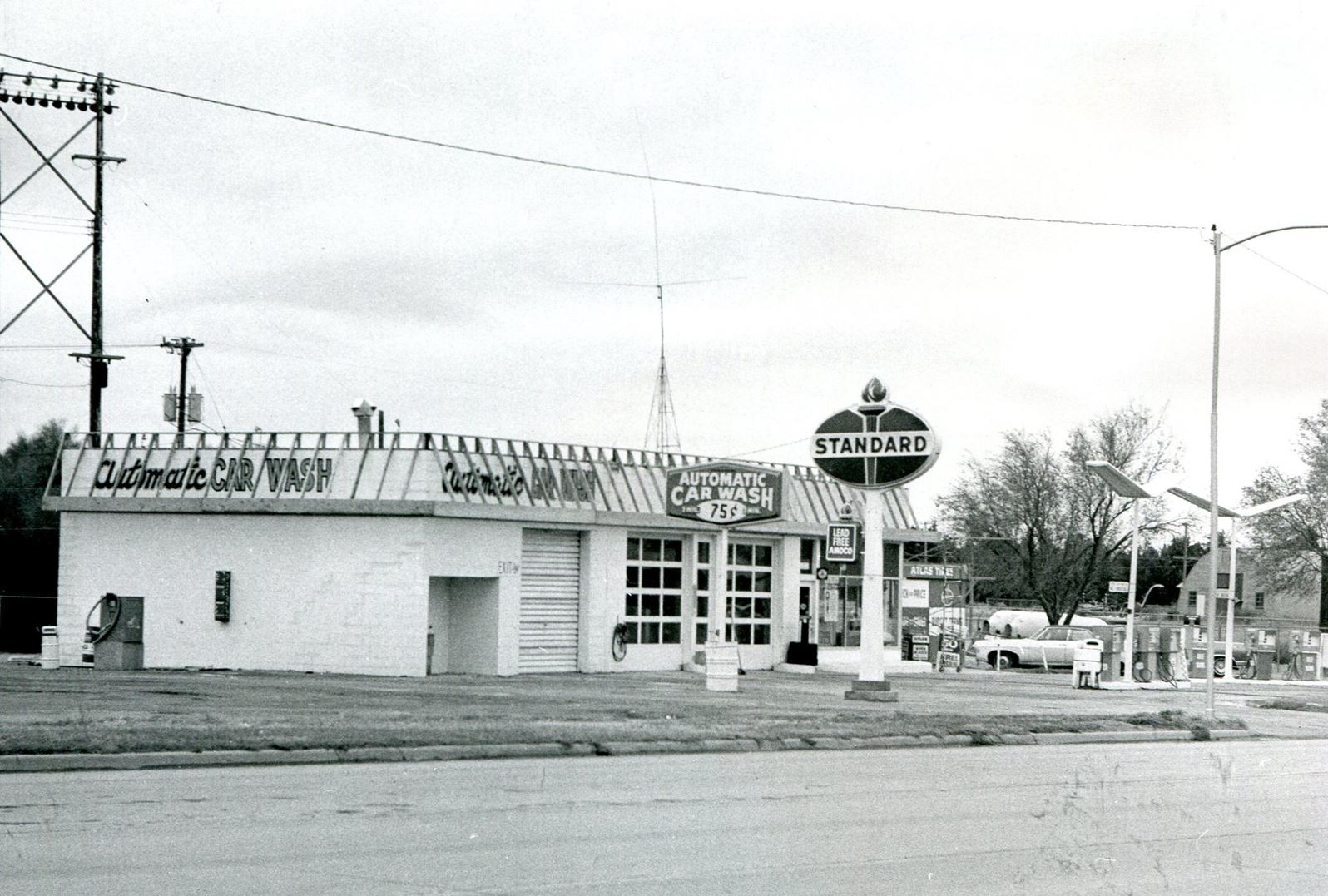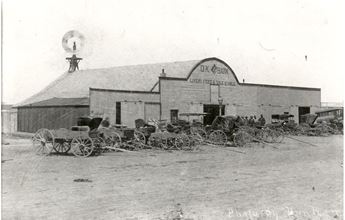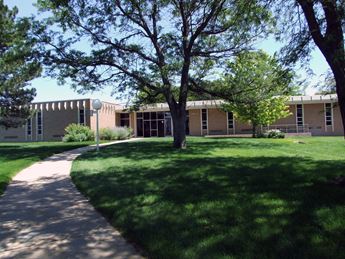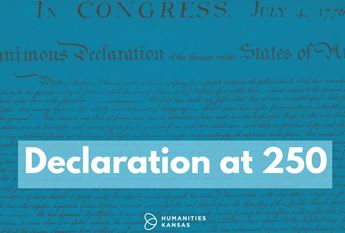

Colby: Continuity and Change
March 24, 2021
With time comes change. But what has stayed consistent in Colby over the past 114 years?
The juxtaposition of panoramic photos of the community – one taken in 1907 and one in 2021 – helps to begin the comparison. There’s the obvious modernizations of roads, buildings, and other innovations of present day, but what are the panoramas unable to reveal? The Prairie Museum of Art and History’s exhibition, “Colby: Continuity and Change” explores this question further. Part of Humanities Kansas’s Crossroads: Change in Rural America initiative, Colby’s exhibition uses historic photos to explore the ways in which the community’s landscape has transformed over time and the factors that have helped the town survive.
Questions for Discussion
Take a few minutes to explore “Colby: Continuity and Change,” and then answer the following questions:
- The completion of Interstate 70 was a turning point for Colby. How has it changed the community? What is a turning point that your community experienced?
- While the interstate brings many people through the southern part of Colby, the exhibition explains that “downtown Colby today is dominated by businesses that cater almost exclusively to local and area residents.” How do communities that serve travelers balance their service to tourists and locals?
- The exhibition notes that some of the developments that have helped Colby sustain its population, such as a community college, hospital, and event center, did not come without some controversy. What might residents find challenging about new developments in town?
Go Further
Now that you’ve explored “Colby: Continuity and Change” consider the following activities as ways to enhance your learning:
- Research the history of your hometown or current community. In Kansas, the Kansas Historical Society online collections, including the Kansas Memory digital collections, are a great place to begin. How has the community changed? Have there been any developments, like Interstate 70 in Colby, that have made a significant impact?
- Reflect on the resources that make your community a good place to live – or those that would improve it. What unique or desirable aspects help define your town? What could improve quality of life? Share your reflections with HK.
- Consider the benefits of being “in the middle of nowhere.” In 2018, The Washington Post identified what they found to be “the 10 most isolated towns in the nation,” including Colby and 3 other Kansas communities. Colby residents begged to differ that this was a drawback to their location. What makes rural communities desirable places to live? What are the benefits of living somewhere that is relatively “isolated”?
- Watch 5-minute Turning Points short films that explore significant moments of change in Hays, Kinsley, Ulysses, and Olathe. How did these communities remake themselves in the face of “turning points” like natural disasters, population shifts, and commitments to diverse cultures and the arts?
- Visit the Prairie Museum of Art and History (home to the Largest Barn in Kansas) and the Pioneer Memorial Library in Colby. What do these organizations tell us about the values of the Colby community?
Don’t forget to share what you’ve learned by telling us about it on Facebook or Instagram. You can tag us with your photos and thoughts at @humanitieskansas, using the hashtag, #CrossroadsKS. We can’t wait to hear what you’ve taken away from these Kansas crossroads!
Gallery
 View
View View
View


